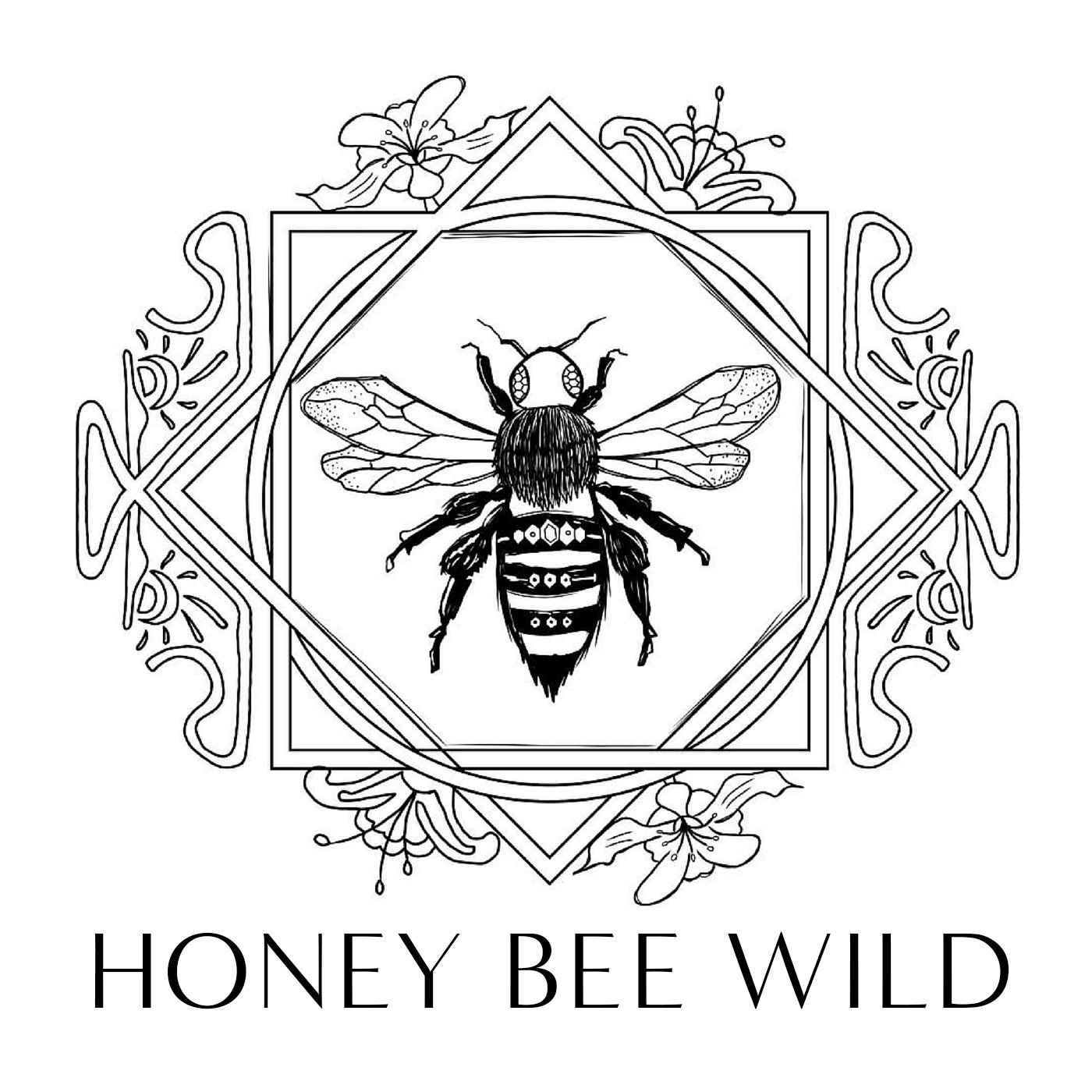Saint Valentine of the Bees
It’s Valentine’s Day. Oh, excuse me, the nymphs of the woods and springs want me to amend that: it’s another Spring Fertility Festival! Yay! What, you say? Spring Fertility? Yes. The bees, myself, and the historical record all agree that that long before the Christianization of this day, the festivities of love and fertility were celebrated on the streets of Rome as the 3 day festival of Lupercalia.
It’s Valentine’s Day. Oh, excuse me, the nymphs of the woods and springs want me to amend that: it’s another Spring Fertility Festival! Yay! What, you say? Spring Fertility? Yes. The bees, myself, and the historical record all agree that that long before the Christianization of this day, the festivities of love and fertility were celebrated on the streets of Rome as the 3 day festival of Lupercalia.
Deemed far too pagan to last under such a wolfish name, the festival has tiptoed through the ages as a celebration of love, albeit the Saint Valentine version IS a bit more chaste. Those early Greek and Roman polytheists really knew how to get down. Just look at how they celebrated the winter holidays of Saturnalia (shout out to pre-Roman, pre-Hellenistic Dionysus). The festival began with a goat sacrifice in the cave where twins Romulus and Remus were suckled by a she-wolf before founding Rome. Goat sacrifices aside, Lupercalia culminated in all the eligible young women putting their names in an Urn. The eligible bachelors drew from the Urn and the new couple would be paired for a year. Like online dating, but more risky, and more fun. There was also a whole thing with slapping women with the sacrificed goat hide to ensure fertility, but we modern witches tend to only do that every 113th “Valentine’s” day, so nobody freak out.
Photo by Koa Kalish, 2013
Despite the Christian habit for appropriation followed by denunciation, Saint Valentine wasn’t all so bad himself. In fact, he was martyred as a Christian Saint during a time when Christians were heavily persecuted by the Romans. People have had a hard time sharing opposing beliefs forever.
There are a few (mostly fabricated) legends about Saint Valentine, but one of my favorites is that he married young lovers in secret during a time when Emperor Claudius II had banned all young men from marriage because he needed them for war. Some accounts will tell you he was never associated with romance, and his appointment to the auspices of chivalric love came as an attempt to suppress some of the more erotic, fertility customs of the ancient world. Now, instead of wild sexual expression, we have boxes of chocolate and roses. The roses I understand. Same with the chocolate. It all goes back to fertility, and when we look at fertility we find the bees. February is when the quickening begins, flowers open their petals and bees begin to buzz, making the sweet ambrosia that has united lovers across time and culture.
Cupid’s arrow after all was tipped with either honey or venom. You choose.
Photo by Betty Lou Chaika from “St.Gobnait, Lady of the Bees”
Did you know that Saint Valentine was also the patron saint of beekeepers? He takes his seat among the pantheon of gods, goddesses, saints and spirits who protect bees and beekeepers. Saint Modmonoc of Wales, Aphrodite, Saint Ambrose of Milan, Saint Gobnait or Ireland, and Bride to name a few. I have particular affinity for the Irish Saint Gobnait, who’s feast day is February 11. Patroness of bees, she was known as a skilled healer who used honey in her remedies and has an awful lot of overlap with her Celtic predecessor, the mother goddess of healing and honeyed-words: Bride or Brigit.
In the British Isle and Ireland, folk practice the tradition of wassailing well into February. Wassailing is the ceremonial practice of toasting the apple trees, livestock and bees for good health. In old Europe this was the time folk sought the miracle that is the return of spring to the land. The bees lead the parade of flowers, milk and fruit, emerging with the promise of honey on the lips.
So, to those of you longing for someone to bring you flowers, or wishing you had a date tonight, try this on for size: it’s always about the bees. They bring life. Want to celebrate? Buy yourself some roses. Eat some chocolate. Pour yourself a cup full of mead, dress in your finery, and march out to the trees and the bees, toasting to sweetness of it all.





